Do you know about "oppenheimer" ? what's the reason behind making nuclear power?
J. Robert Oppenheimer was a prominent American physicist and one of the key figures behind the development of the atomic bomb during World War II. His contributions to science, as well as his complex role in the context of the Manhattan Project and the broader implications of nuclear weapons, make him a fascinating and influential figure in modern history. To do justice to his life and work, I'll provide you with a comprehensive overview of J. Robert Oppenheimer's life and contributions in around.
Early Life and Education
Julius Robert Oppenheimer, commonly known as J. Robert Oppenheimer, was born on April 22, 1904, in New York City, USA. He was the first of four children born to Julius S. Oppenheimer, a wealthy German immigrant who became a successful textile importer, and Ella Friedman, a painter. The family was of Jewish heritage but was largely non-religious.
As a child, Oppenheimer showed remarkable intellectual curiosity and academic prowess. He attended the Ethical Culture School in New York City and developed a passion for science and literature. After high school, he enrolled at Harvard University in 1922. There, he initially focused on chemistry but later shifted his interest to physics under the influence of Percy Bridgman, a Nobel laureate in physics.
Oppenheimer thrived at Harvard, immersing himself in various scientific fields. He graduated summa cum laude in 1925 and traveled to Cambridge, England, to continue his studies at the prestigious Cavendish Laboratory under the guidance of renowned physicist J.J. Thomson.
Early Career and Quantum Mechanics
During his time at the Cavendish Laboratory, Oppenheimer worked with prominent physicists such as Patrick Blackett and Paul Dirac. He conducted research in quantum mechanics and the theory of electrons. His work on the quantum theory of molecules earned him a Ph.D. in physics from the University of Göttingen in Germany in 1927.
After completing his doctorate, Oppenheimer returned to the United States and became a faculty member at the University of California, Berkeley. There, he made significant contributions to theoretical physics, focusing on topics like cosmic rays and the behavior of electrons in solids.
The Rise of Nuclear Physics
In the 1930s, nuclear physics was an emerging and exciting field, and Oppenheimer was drawn to its potential. He became interested in the work of Ernest O. Lawrence, who had invented the cyclotron, a type of particle accelerator. Oppenheimer collaborated with Lawrence and became deeply involved in the study of subatomic particles, particularly the neutron.
His insights and discoveries in nuclear physics soon earned him widespread recognition and respect among the scientific community. As a result, Oppenheimer was appointed as the professor of physics at the California Institute of Technology (Caltech) in 1937.
The Manhattan Project
The outbreak of World War II brought significant changes to Oppenheimer's life and career. In 1942, the United States initiated the top-secret Manhattan Project, a massive research and development effort aimed at building an atomic bomb. The project's primary objective was to develop the necessary technology before Nazi Germany or any other hostile power could achieve it.
Due to his expertise in nuclear physics and his growing reputation in the field, Oppenheimer was appointed as the scientific director of the Manhattan Project. His responsibility was to coordinate the efforts of scientists, engineers, and military personnel working on various aspects of the bomb's development.
Oppenheimer faced numerous challenges during the Manhattan Project, including the need to overcome technical hurdles, secure funding and resources, and manage a large and diverse team of scientists and engineers. The intense pressure of the project, coupled with the ethical implications of creating such a powerful weapon, took a toll on him emotionally and physically.
Despite these challenges, Oppenheimer's leadership played a crucial role in the success of the Manhattan Project. He brought together some of the brightest minds in physics, including Enrico Fermi, Richard Feynman, and Niels Bohr, among others, to work on different aspects of the atomic bomb.
The Trinity Test and Atomic Bombings
On July 16, 1945, the culmination of the Manhattan Project came with the successful detonation of the first atomic bomb during the Trinity test in New Mexico. The test proved that the bomb was a feasible and devastating weapon. The world had entered the atomic age, with profound implications for warfare and global geopolitics.
Following the successful test, the U.S. government decided to use atomic bombs against Japan in an effort to bring World War II to a swift conclusion. In August 1945, the United States dropped two atomic bombs—one on Hiroshima on August 6 and the other on Nagasaki on August 9. The bombings resulted in the deaths of hundreds of thousands of civilians and raised significant moral and ethical questions about the use of nuclear weapons in warfare.
Hiroshima & Nagasaki incident
The Hiroshima and Nagasaki incidents refer to the nuclear bombings of the Japanese cities of Hiroshima and Nagasaki during World War II. These bombings were carried out by the United States in August 1945.
1. Hiroshima: On August 6, 1945, the United States dropped an atomic bomb code-named "Little Boy" on the city of Hiroshima. The bomb exploded approximately 600 meters above the ground, creating a massive fireball and a shockwave that destroyed most of the city. The immediate death toll is estimated to be around 70,000 to 80,000 people, with tens of thousands more dying in the following months due to injuries and radiation exposure.
2. Nagasaki: Three days later, on August 9, 1945, the United States dropped a second atomic bomb code-named "Fat Man" on the city of Nagasaki. The bomb exploded over the city's industrial area, causing widespread devastation. The death toll in Nagasaki is estimated to be around 40,000 people.
These bombings had a profound impact on Japan and marked the first and, to date, the only use of nuclear weapons in warfare. The bombings led to Japan's unconditional surrender on August 15, 1945, effectively ending World War II.
The bombings also raised significant ethical and moral questions about the use of nuclear weapons and their devastating consequences. The events of Hiroshima and Nagasaki contributed to the establishment of international efforts to control the proliferation of nuclear weapons and led to the development of the Treaty on the Non-Proliferation of Nuclear Weapons (NPT). The NPT aims to prevent the spread of nuclear weapons and promote disarmament.
It is important to remember the tragic events of Hiroshima and Nagasaki as a reminder of the horrors of war and the importance of striving for peace and diplomacy to resolve conflicts.
Post-War Era and Controversy
The end of World War II marked a turning point in Oppenheimer's life and career. The devastation caused by the atomic bombs led to widespread apprehension about the potential for nuclear warfare. As the "father of the atomic bomb," Oppenheimer was thrust into the center of a growing controversy.
In 1947, he became the director of the Institute for Advanced Study (IAS) in Princeton, New Jersey. There, he continued to contribute to theoretical physics while also advocating for the peaceful use of nuclear energy.
However, the political climate in the United States was rapidly changing during the early years of the Cold War. The U.S. government became increasingly concerned about the Soviet Union's nuclear ambitions, leading to the start of the nuclear arms race. Oppenheimer's past associations with left-leaning political groups, along with his vocal opposition to the development of the hydrogen bomb, made him a subject of suspicion and scrutiny.
In 1954, a security clearance hearing was conducted to determine whether Oppenheimer's past activities and associations made him a security risk. The hearing focused on his alleged ties to communist organizations in the 1930s and early 1940s. Oppenheimer's defense centered on his belief in civil liberties and his desire to prevent nuclear proliferation.
Stripped of Security Clearance
Despite the efforts of many prominent scientists to support him, Oppenheimer's security clearance was revoked in 1954. This decision effectively ended his government service and left a lasting impact on him personally and professionally. The case against him and the subsequent revocation of his clearance were highly controversial, and it remains a subject of historical debate.
Oppenheimer's fall from grace in the eyes of the U.S. government was deeply upsetting to him. He retreated from public life and focused more on teaching and research at the IAS.
Life and Legacy
In the years following the loss of his security clearance, Oppenheimer continued to work at the IAS, where he mentored several young physicists and continued to contribute to the field of theoretical physics. He received numerous awards and honors from scientific organizations, acknowledging his groundbreaking contributions to the discipline.
J. Robert Oppenheimer passed away on February 18, 1967, in Princeton, New Jersey, at the age of 62. Despite the controversy surrounding his role in the development of the atomic bomb and the loss of his security clearance, he is remembered as a brilliant physicist who played a crucial role in shaping modern physics and the course of history.



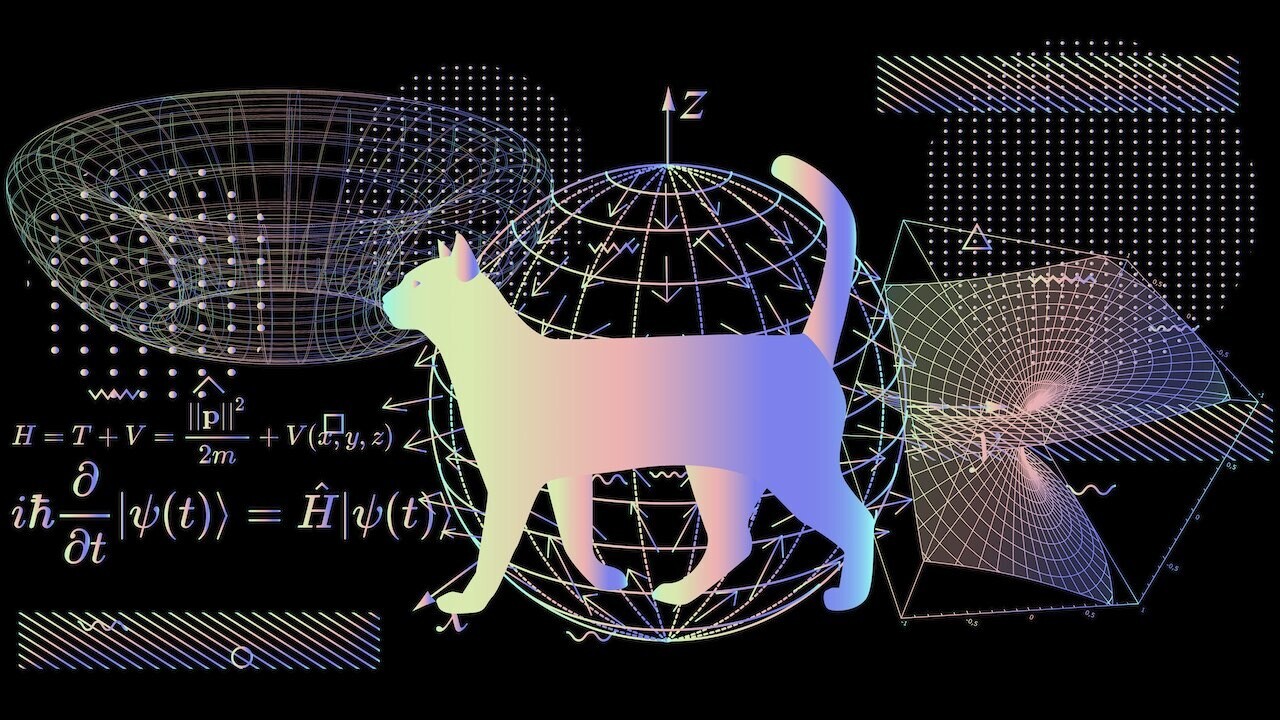

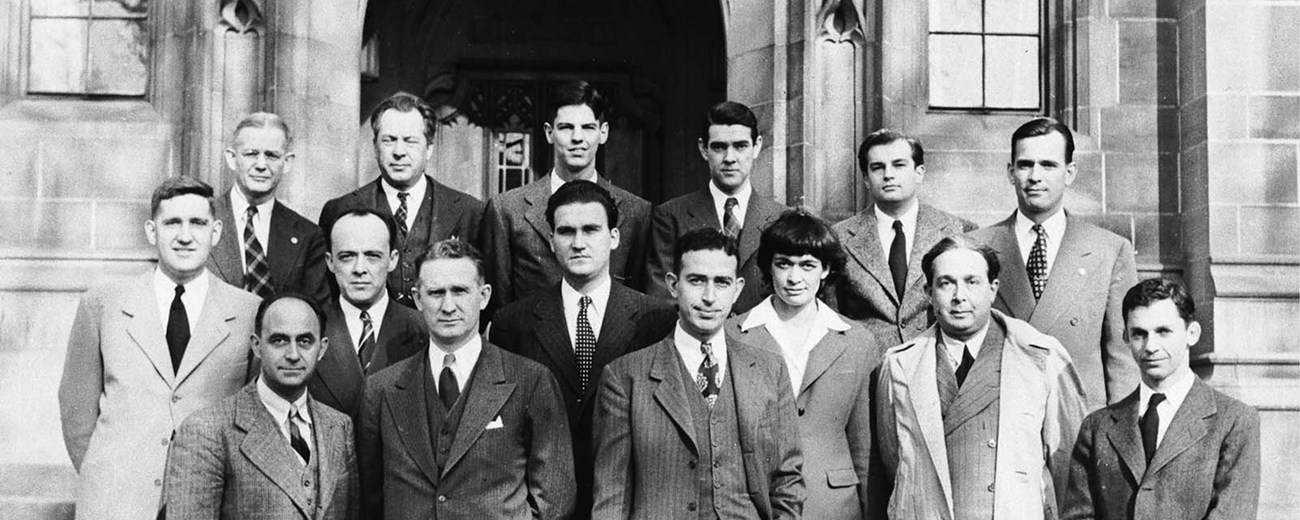

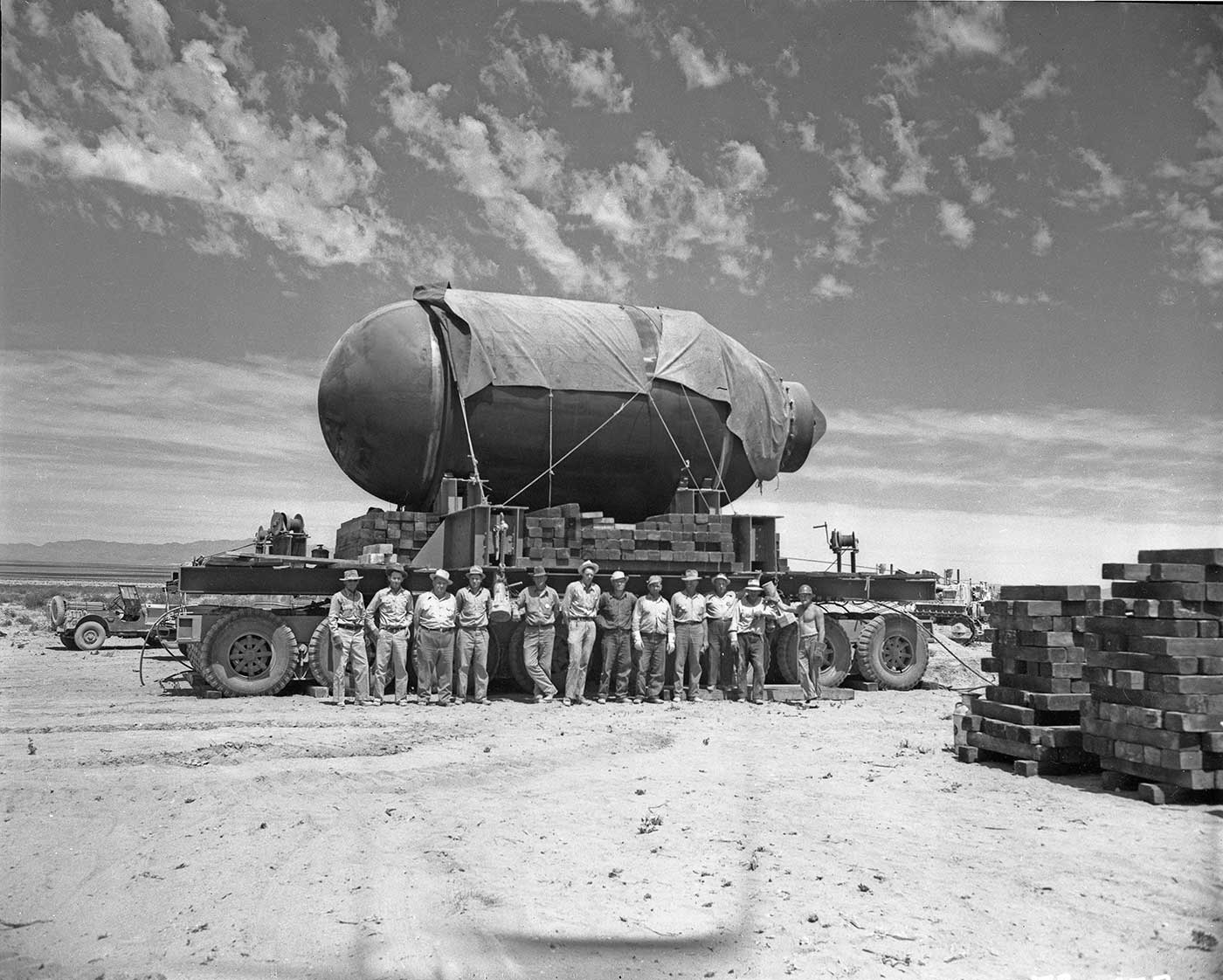
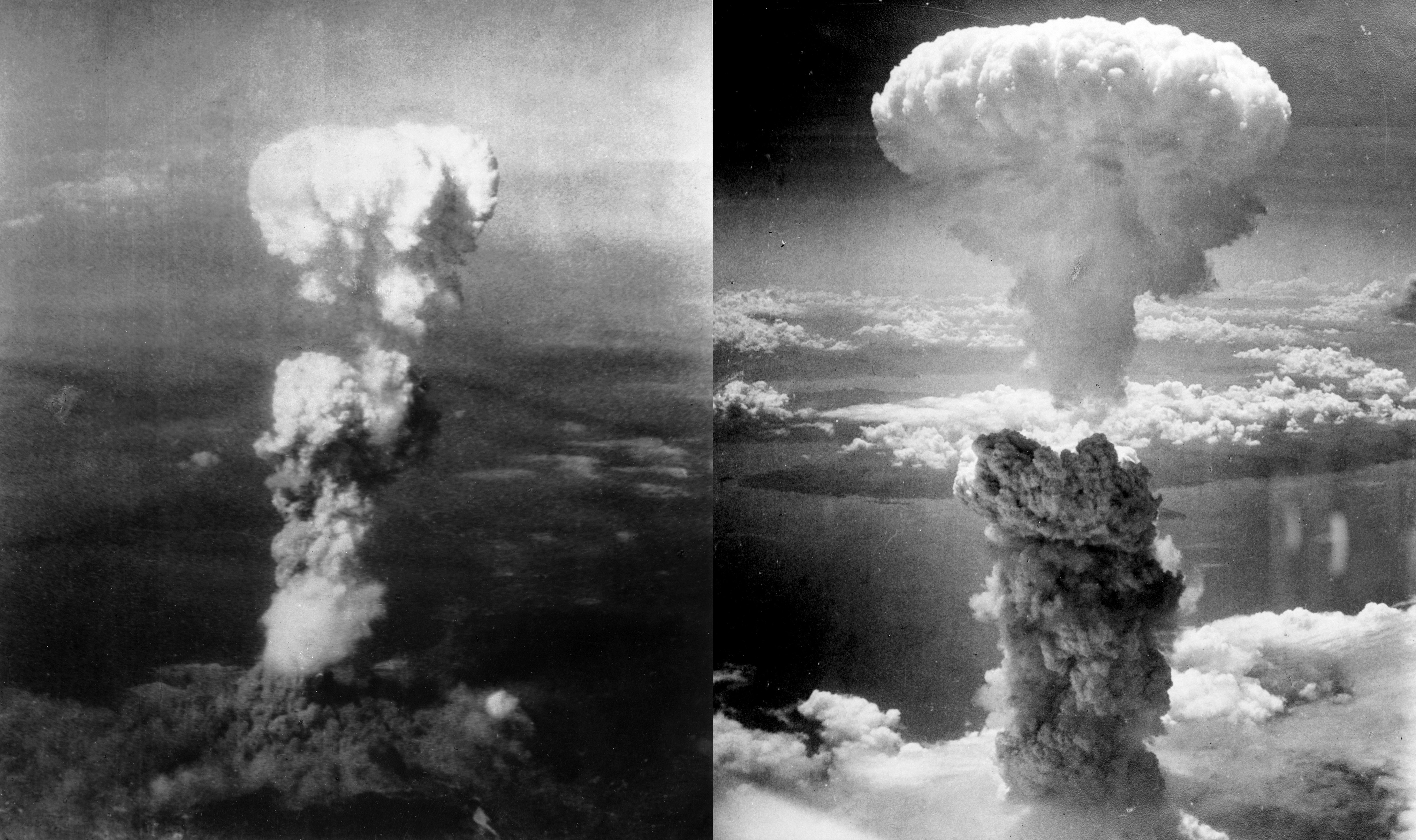
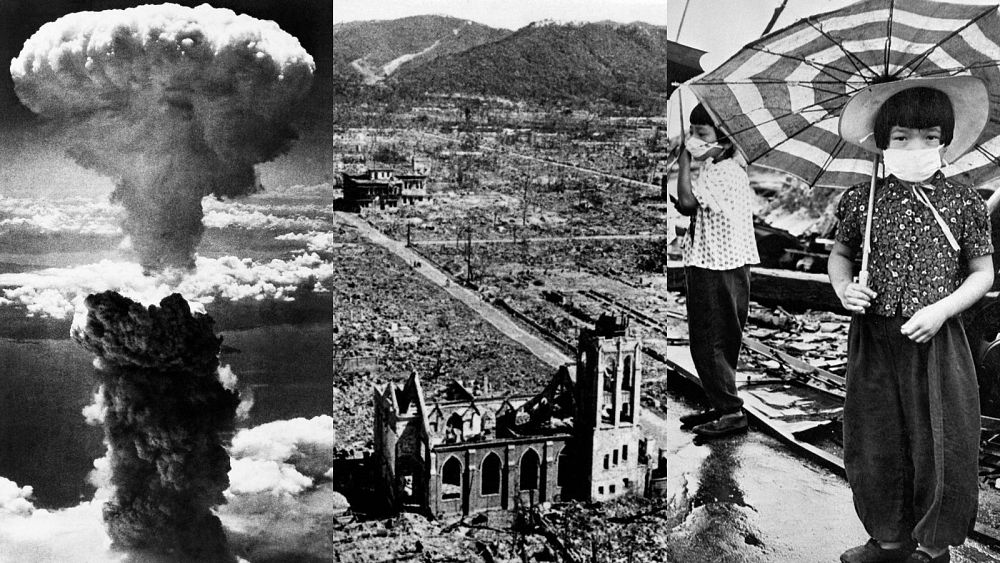
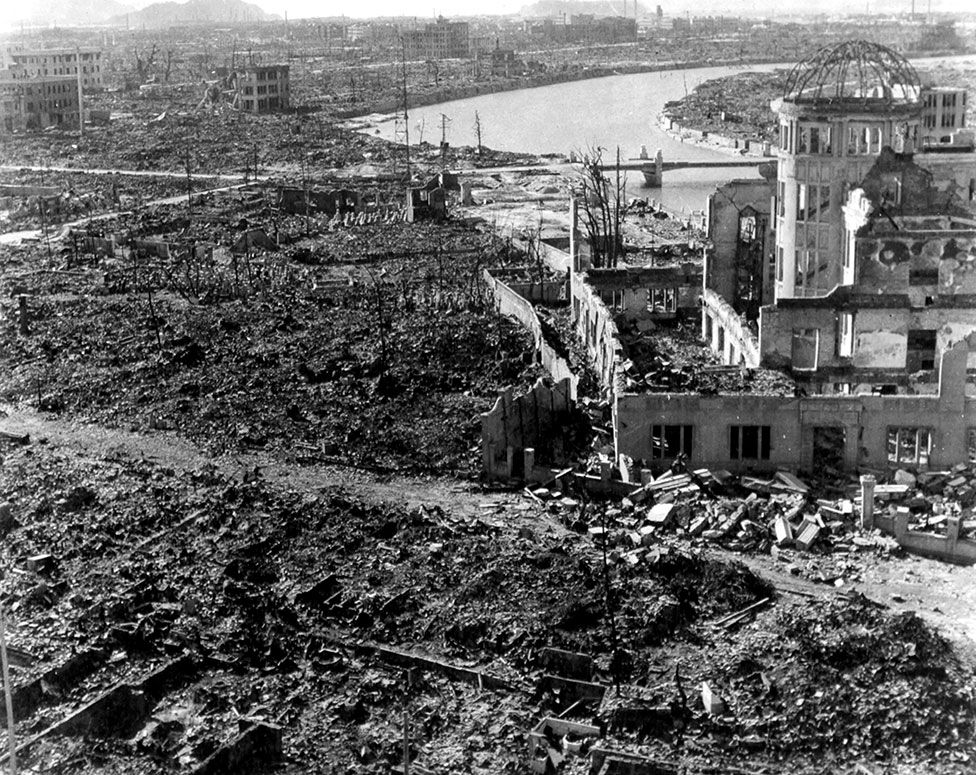



Comments